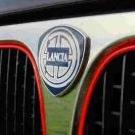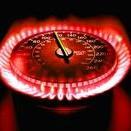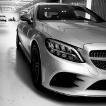La più bella Golf secondo gli autopareristi [SONDAGGIO]
Quali sono, a tuo parere, le Golf più belle della storia?
175 voti
-
Contenuti simili
-
- 5 risposte
- 751 visite
-
- 11 risposte
- 4658 visite
-
Volkswagen Transporter/Caravelle 2024 1 2
Pubblicato da MotorPassion,
- volkswagen
- volkswagen vic
- (e 5 altri in più)
- 15 risposte
- 2836 visite
-
-
-








.thumb.jpg.902d2a4f20a129e92b6f6920407b81bd.jpg)















Messaggi Raccomandati:
Crea un account o accedi per lasciare un commento
Devi essere iscritto per commentare e visualizzare le sezioni protette!
Crea un account
Iscriviti nella nostra community. È facile!
Registra un nuovo accountAccedi
Sei già registrato? Accedi qui.
Accedi Ora